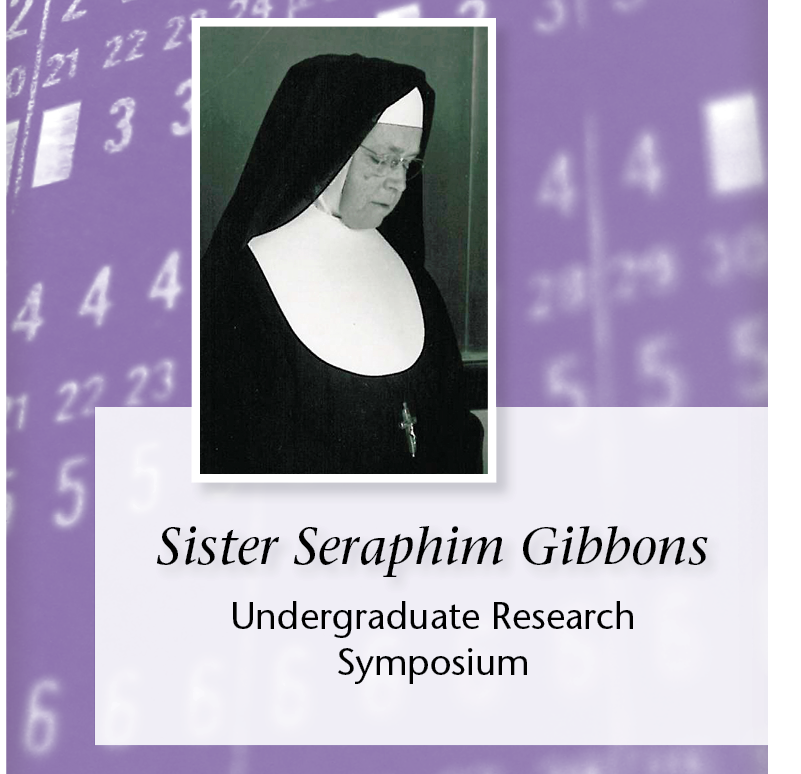Modeling the Game of Brain Cube
The purpose of this research was to model the game Brain Cube. Brain Cube is a puzzle game in which a 2x1x1 game piece moves about a board consisting of connected squares assembled in a plane. The game is won by moving the game piece from the starting square to the designated ending square. Three main research questions were considered. First, which game setups have a solution? Second, for those setups for which a solution exists, can we find a most efficient solution? Third, for which setups is there a unique most efficient solution? Graphs can represent any size or shape board in the game. Each possible position of the game piece (henceforth called a “game state”) is represented by a vertex. Adjacency of two vertices indicates their respective game states are one move apart. A solution exists in any game setup for which the vertices representing the starting and ending game states lie in the same connected component. Finding a most efficient solution then requires identifying a shortest path between these two vertices. Unique most efficient solutions sometimes exist, but they can only exist for very small boards. We found a fairly simple formula for the minimum number of moves necessary to move from the top left square to the bottom right square of an m x n rectangular board (m, n ≥ 4), which uses the floor and nearest integer functions. This gives the minimum number of moves necessary; an actual sequence of moves producing a most efficient solution is then easy to come by in this situation.
